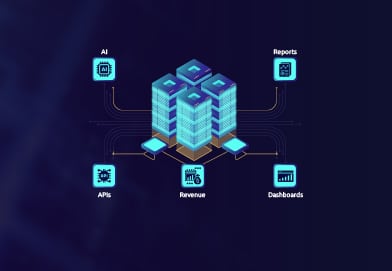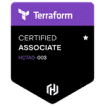In today’s data-driven world, data visualization tools have become an essential component of business operations and decision-making processes. These tools enable organizations to explore, analyze, and present complex data in an easily understandable and visually appealing manner.
With a plethora of data visualization platforms available, choosing the right tool tailored to your business users specific needs is crucial to maximize efficiency and extract valuable insights from your data.
Google Data Studio and Apache Superset are two popular and powerful data visualization tools, each with their unique set of features and capabilities. Google Data Studio, a web-based platform developed by Google, offers seamless integration with other Google products and an intuitive interface, making it a popular choice among businesses of all sizes.
On the other hand, Apache Superset, an open-source data visualization tool created by Airbnb, boasts a wide range of customization options, scalability, and flexibility, making it suitable for data-heavy organizations and data professionals.
In this article, we will delve into a comprehensive comparison between these two platforms, highlighting their key features, pros and cons, and use cases to help you make an informed decision about which tool best fits your organization and data team’s needs.
Google Data Studio
A. Overview and history
Google Data Studio, launched in 2016, is a cloud-based data visualization and reporting tool designed to help businesses transform raw data into interactive and visually engaging reports.
As part of the Google Marketing Platform, Data Studio was initially introduced as a free tool for users to create reports using Google Analytics, Google Ads, and Google Sheets data. Over time, Google Data Studio has evolved into a more comprehensive platform that supports numerous other data sources, catering to the diverse needs of businesses and individuals.
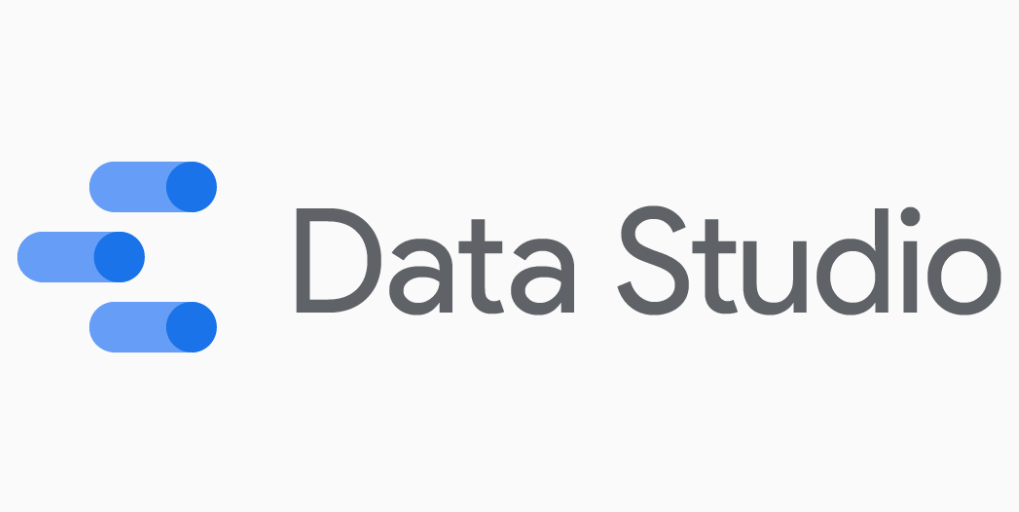
B. Key features
Data connectors
Google Data Studio supports a wide range of data connectors, including native Google products like Google Analytics, Google Ads, and Google Sheets, as well as other popular third-party data sources such as SQL databases, BigQuery, and social media platforms.
Additionally, users can also access paid connectors for more specialized data sources or create custom connectors using the Data Studio API.
Data transformation and modeling
Data Studio allows users to blend data from different sources, create calculated fields analyzing data, and apply data transformations, such as aggregation and filtering, to prepare their data for visualization. The tool’s user-friendly interface makes it easy for non-technical users to manipulate data without needing advanced coding skills.
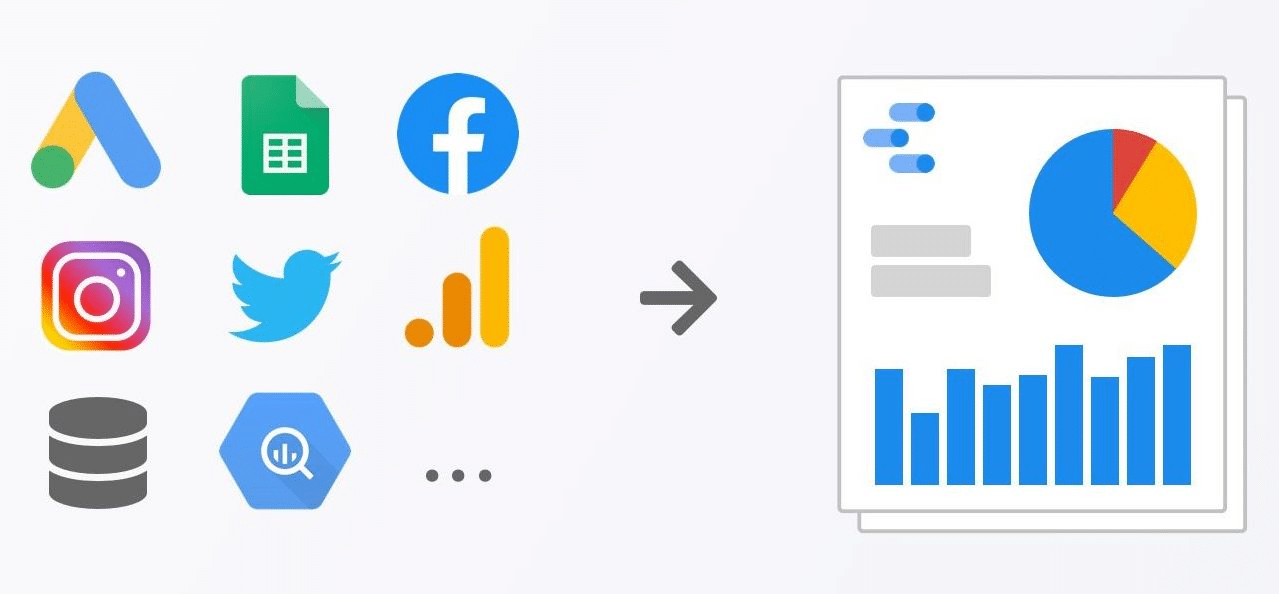
Visualization options
Google Data Studio offers a variety of visualization options, including charts, tables, maps, and scorecards, to help users represent their data effectively. Users can customize the appearance of their data visualizations too, such as colors, fonts, and chart styles, to align with their branding and preferences.
Collaboration and sharing
Similar to other Google products, Data Studio supports real-time collaboration, allowing multiple users to work on the same report simultaneously. Users can share reports via email, embed them into websites, or export them as PDFs. Additionally, Data Studio provides access control, enabling users to define the viewing and editing permissions for their reports.

Reporting and scheduling
Google Data Studio allows users to create interactive, dynamic reports that automatically update when the underlying data changes.
Users can also schedule report delivery via email, ensuring stakeholders receive the latest insights and business data at regular intervals.
C. Pricing and plans
Data Studio is available as a free tool, making it accessible to businesses of all sizes. However, users may incur costs if they opt for premium data connectors or exceed the usage limits for certain Google services, such as BigQuery.
D. Pros and cons
Pros:
- Easy-to-use interface suitable for non-technical users
- Seamless integration with other Google products
- Wide variety of data connectors
- Real-time collaboration and sharing features
- Free to use
Cons:
- Limited customization and extensibility compared to some other data visualization tools
- Dependency on Google’s cloud infrastructure, which may be a concern for some organizations with strict data security requirements
- Lack of advanced data transformation and modeling features, making it less suitable for complex data analysis tasks
Apache Superset
A. Overview and history
Apache Superset, initially developed by Airbnb in 2015, is an open-source data visualization and business intelligence tool designed to empower users to explore and visualize large-scale data sets.
Superset was created to address the limitations of existing BI tools in terms of customization, extensibility, and scalability. In 2017, Superset was accepted into the Apache Software Foundation’s incubation program and has since grown into a widely adopted platform with an active community of contributors.
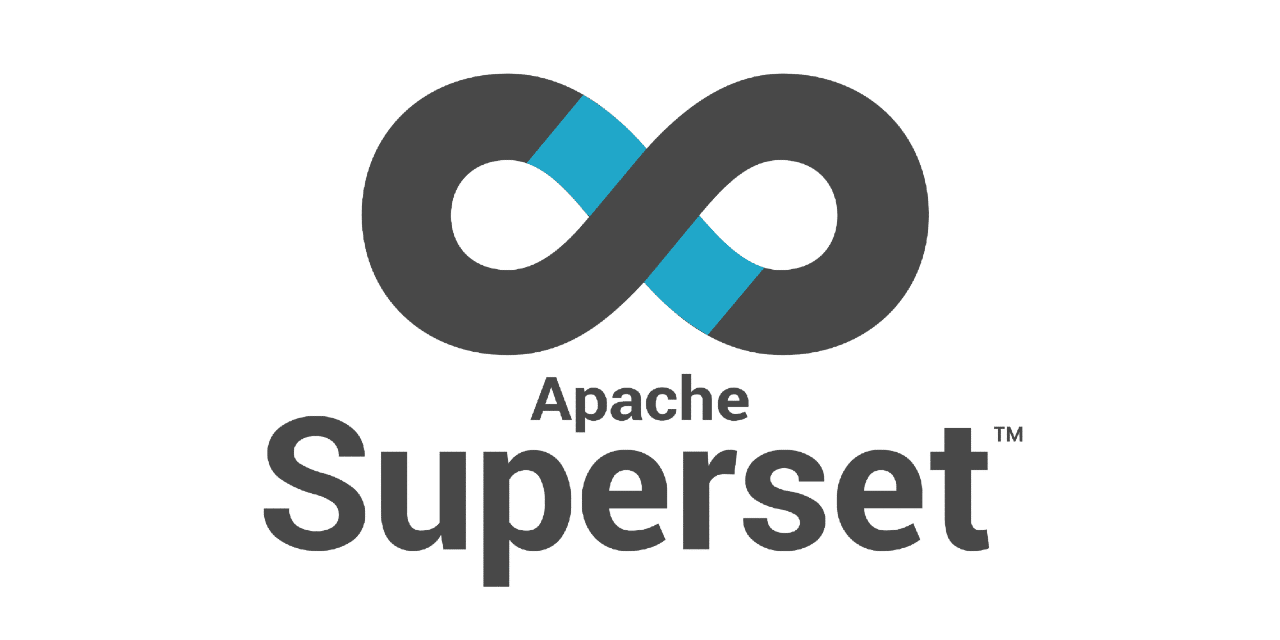
B. Key features
Data connectors
Apache Superset supports a broad range of database and data connectors through its integration with SQLAlchemy, a popular SQL toolkit for Python. This integration allows users to connect to various relational databases, including PostgreSQL, MySQL, and SQL Server, as well as big data solutions such as Presto, Apache Hive, and Singlestore
Data transformation and modeling
Superset provides powerful data transformation and modeling capabilities, enabling users to visualize data and create custom metrics, calculated columns, and complex filters using SQL expressions.
Additionally, its integration with Apache Druid, an open-source data store, allows for real-time data ingestion and advanced analytics.
Visualization options
Apache Superset offers a wide variety of visualization options, including charts, tables, maps, and custom visualizations using its plugin system. Users can create interactive dashboards with multiple visualizations, leveraging the tool’s drag-and-drop interface to create visualizations and arrange and resize components effortlessly.
Collaboration and sharing
While not as seamless as Data Studio, Apache Superset allows users to share dashboards and visualizations through URL links or by exporting them as images or JSON files. Users can also embed dashboards into web applications for broader access and collaboration.
Security and extensibility
Apache Superset offers robust security features, including role-based access control, data source access restrictions, and integration with authentication systems such as OAuth and LDAP. Its extensible architecture and plugin system allow developers to create custom visualizations and add new features, catering to specific business requirements and use cases.
C. Pricing and plans
As an open-source tool, Apache Superset is free to use, which makes it accessible for organizations of all sizes. However, organizations must consider the costs associated with deploying, maintaining, and scaling the software in their own infrastructure or cloud environment.
D. Pros and cons
Pros:
- Support for a wide range of data connectors through SQLAlchemy integration
- Powerful data transformation and modeling capabilities
- Extensive visualization options and customizability
- Robust security features and extensibility
- Open-source and free to use
Cons:
- Steeper learning curve compared to Google Data Studio, especially for non-technical users
- Requires deployment and maintenance, potentially leading to additional costs and resources
- Collaboration and sharing features are less seamless compared to cloud-based solutions like Data Studio
Comparison: Google Data Studio vs Apache Superset
A. User interface and ease of use
Google Data Studio is known for its user-friendly interface and easy-to-use drag-and-drop functionality, making it an ideal choice for non-technical users. In contrast, Apache Superset has a steeper learning curve, and although it features a drag-and-drop interface for dashboard creation, it may require more technical expertise, particularly when it comes to advanced data transformations and customizations.
B. Data sources and integration
Both Google Data Studio and Apache Superset offer a wide range of data connectors. While Data Studio excels at integrating with other Google products and popular third-party data sources, Superset’s integration with SQLAlchemy allows it to connect to various relational databases and big data solutions. Users with diverse or specialized data sources may find Superset to be more versatile in this regard.
C. Visualization capabilities
Both platforms offer an extensive array of visualization options, including charts, tables, and maps ideal for data exploration . However, Apache Superset provides more flexibility and customization with its plugin system, which allows users to create custom visualizations tailored to their specific requirements.
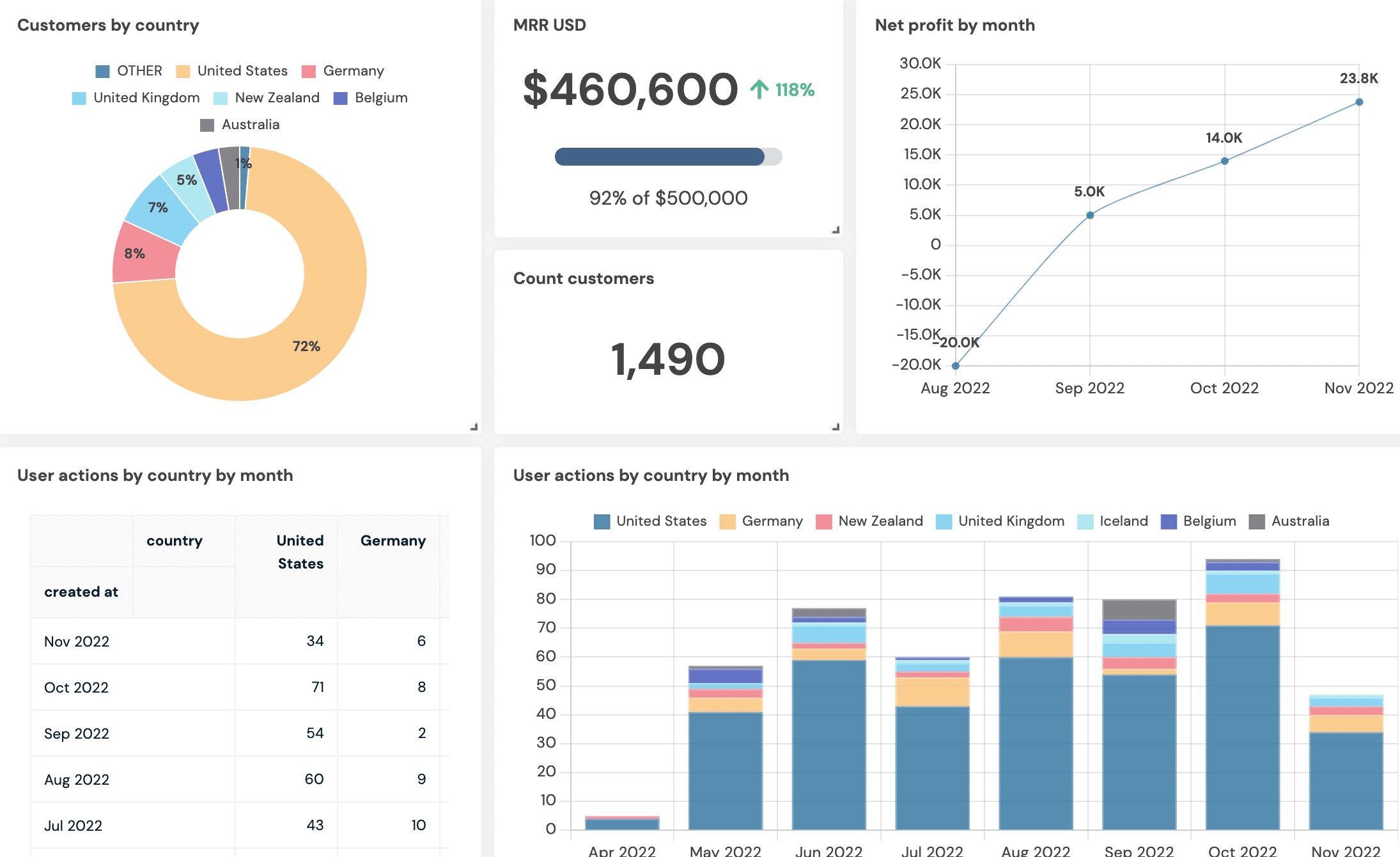
D. Collaboration and sharing
Google Data Studio has a clear advantage in terms of collaboration and sharing features, as it supports real-time collaboration, seamless sharing of reports via email or embedding, and access control for viewing and editing permissions. While Apache Superset does allow users to share dashboards and visualizations through links or exports, its collaboration features are less robust compared to Data Studio.
E. Customization and extensibility
Apache Superset shines when it comes to customization and extensibility. Its open-source nature, robust security features, and plugin system offer greater flexibility for organizations with unique requirements or those seeking to build upon the existing platform. In contrast, Google Data Studio has more limited customization options, which may be sufficient for most users but less appealing to those with specific needs.
F. Pricing and value for money
Both Google Data Studio and Apache Superset are free to use, making them accessible to businesses of all sizes. However, Data Studio users may incur costs for premium data connectors or when exceeding usage limits for certain other Google cloud services. On the other hand, while Superset is free, organizations must consider the costs associated with deploying, maintaining, and scaling the software in their infrastructure or cloud environment.
G. Support and community
As a Google product, Data Studio benefits from extensive documentation and resources, as well as an active user community that can provide support and guidance. Apache Superset, being an open-source project, also boasts a growing and engaged community of developers and users who contribute to the platform’s development and offer assistance through forums and online resources. Both tools have strong communities, but the type of support and resources available may differ, with Google Data Studio offering more official documentation and Apache Superset relying more on community-driven support.
Use cases and scenarios
A. Best suited for small businesses and startups
Google Data Studio is an excellent choice for small businesses and startups due to its user-friendly interface, seamless integration with popular Google products, and affordability as a free tool. Small businesses can quickly create interactive and visually appealing reports without investing in additional infrastructure or hiring technical experts. Apache Superset, while also free, may not be as suitable for small businesses due to its steeper learning curve and the resources required for deployment and maintenance.
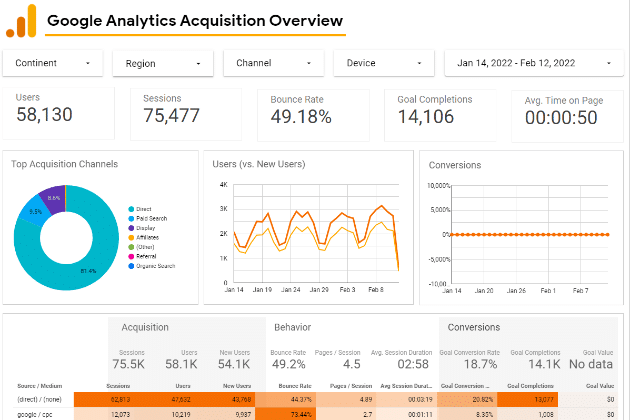
B. Best suited for large enterprises and data-heavy organizations
Apache Superset is well-suited for large enterprises and data-heavy organizations that require advanced data transformation and modeling capabilities, robust security features, and extensive customization options. Its ability to connect with various relational databases and big data solutions, along with its extensible architecture, make it an ideal choice for organizations dealing with complex data sets and unique requirements. Google Data Studio, while powerful, may not offer the same level of flexibility and customization as Superset in such scenarios.
C. Best suited for non-technical users
Data Studio is the go-to choice for non-technical users, thanks to its intuitive interface, drag-and-drop functionality, and easy-to-use data transformation features. Users with limited technical expertise can quickly create visually engaging reports and dashboards without needing advanced coding skills.
Apache Superset, on the other hand, is more suitable for users with some technical background, as it may require knowledge of SQL and a deeper understanding of data modeling and visualization techniques.
D. Best suited for data analysts and data scientists
Data analysts and data scientists who require powerful data transformation, modeling, and advanced analytics capabilities may prefer Apache Superset. Its integration with Apache Druid and support for various databases, along with its customization options, make it an appealing choice for professionals who need to conduct in-depth data analysis and create tailored visualizations.
While Google Data Studio offers a range of visualization options, it lacks some of the advanced features and extensibility found in Superset, making it less suitable for complex data analysis tasks.
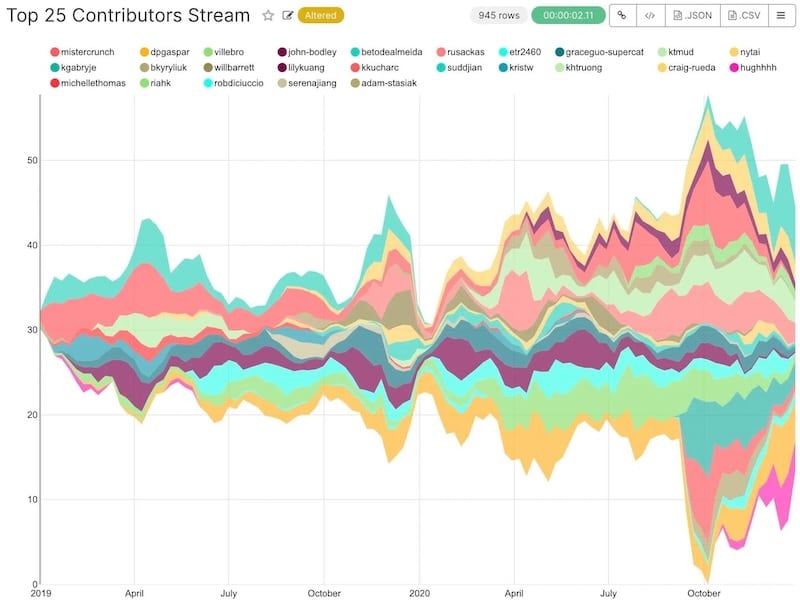
Conclusion
In conclusion, Google Data Studio and Apache Superset are both powerful data visualization tools, each with its unique set of features and capabilities.
Google Data Studio excels in user-friendliness, seamless integration with Google products, and collaboration features, making it an ideal choice for small businesses and non-technical users. On the other hand,
Apache Superset offers advanced data transformation, modeling, and extensive customization options, catering to the needs of large enterprises, data-heavy organizations, and data professionals.
When choosing the right data visualization tool, it is crucial to consider your organization’s specific requirements, resources, and the skill sets of your team members.
We encourage you to explore both Google Data Studio and Apache Superset to determine which platform is the best fit for your organization and your bi solutions, ultimately helping you unlock valuable insights from your data and make more informed decisions.
We hope this comparison was helpful to you. We invite you to look at our carefully-curated blogs and articles to get valuable data management insights.
FAQ’s
Q. Does becoming a Google Data Studio Specialist open up a lot of career options?
A. Becoming a Google Data Studio specialist can open up various career opportunities in the field of data analysis and visualization. Organizations value specialists who can harness the full potential of this tool to transform raw data into actionable insights. Earning a Google Data Studio certification can help you stand out as a proficient specialist in creating informative and visually appealing reports.
Q. What is Tableau Desktop
A. Tableau Desktop is a leading data visualization tool known for its versatility and intuitive user interface. Data professionals use Tableau Desktop to connect to various data sources, create interactive dashboards, and share their insights. Its drag-and-drop functionality and wide range of visualization options make it a top choice for data analysis and reporting.
Q. What is Tableau Server?
A. Tableau Server is the enterprise-level counterpart to Tableau Desktop. It enables organizations to share and collaborate on Tableau workbooks and dashboards securely. With Tableau Server, you can centrally manage data sources, user access, and permissions, ensuring that your data remains under control while allowing authorized users to explore and interact with reports.
Q. What is Microsoft SQL Server?
A. When considering data sources for your analytics tools like Google Data Studio and Apache Superset, Microsoft SQL Server is a popular choice. It offers a robust relational database management system (RDBMS) that can store and manage vast amounts of structured data. Integrating SQL Server with your chosen visualization tool can provide a solid foundation for data analysis and reporting, especially in enterprise settings.
Q. How do you compare Google data studio and Tableau?
A. When comparing data visualization tools, it’s essential to consider Google Data Studio and Tableau. Both are powerful options, but they cater to different user needs. Google Data Studio offers seamless integration with other Google services and is a go-to choice for those who want to leverage Google Analytics and Google Sheets data. On the other hand, Tableau Desktop provides robust data analytics and visualization capabilities, making it a preferred choice for data professionals seeking advanced analytics and data storytelling features.

